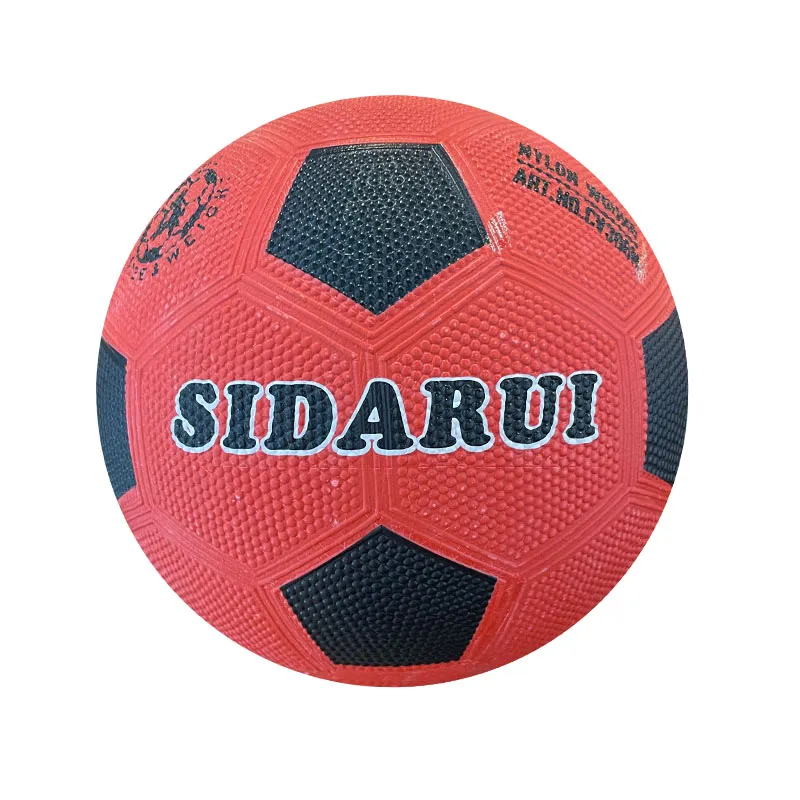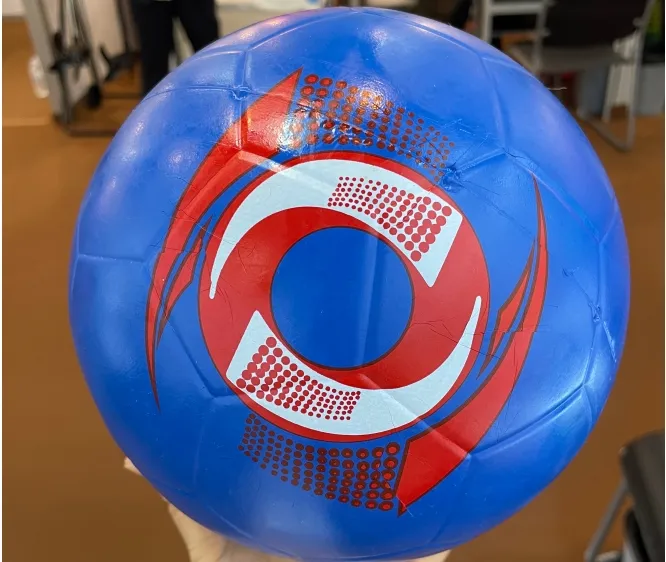Volleyball is a sport that combines athleticism, teamwork, and strategy, making the quality of the equipment used paramount to achieving peak performance. Choosing a high-quality volleyball can significantly impact your gameplay, training efficiency, and overall enjoyment of the sport. This article delves into what defines volleyball quality, leveraging first-hand experiences, expert insights, and authoritative knowledge to guide enthusiasts in making informed decisions.

Experience-driven Insights on Volleyball Quality
Quality volleyballs can be the difference between a remarkable and a mediocre playing experience. From the texture of the ball's cover to its bounce consistency, each detail contributes to the sensation players experience during play. Athletes who have tested numerous brands often cite Mikasa and Molten as top contenders in terms of craftsmanship and performance longevity. These brands ensure their volleyballs meet the standards set by official leagues, allowing players to perfect their skills on equipment they can trust.

Moreover, feedback from players suggests that the choice of a high-quality volleyball enhances skills such as setting, serving, and spiking. A well-crafted ball offers a predictable trajectory and precise control, allowing players to focus on strategy and execution. Therefore, individuals and teams investing in premium volleyballs often witness improved on-court performance.
Expertise in Evaluating Volleyball Quality
Professionals in the sporting goods industry emphasize specific criteria when evaluating volleyball quality. Key elements include the material of the cover, the stitching technique, and the inner bladder's construction. Leather and composite materials are popular for their durability and superior grip, though each offers a distinct feel. Sewn stitching is preferred over machine stitching for its resilience, ensuring the ball remains intact despite rigorous play. The bladder, typically made of latex or rubber, affects the ball's air retention and elasticity, crucial for bounce consistency and maintaining shape.
Quality assurance is further strengthened by international standards like those from the Federation Internationale de Volleyball (FIVB), which set strict guidelines on size, weight, and pressure, ensuring volleyballs provide uniform performance. Players and teams are advised to choose balls that align with these specifications, particularly for competitive play.
volleyball quality
Authoritative Advice on Volleyball Selection
Selecting the right volleyball requires an understanding of the contexts in which it will be used. Indoor volleyballs differ from beach volleyballs in their design specifications, with indoor variants being smaller and heavier to accommodate the dynamics of indoor play. In contrast,
beach volleyballs are larger and lighter, crafted to withstand outdoor conditions.
Authoritative sources in sports science highlight the importance of ergonomic design in selecting a volleyball. Balls that are too heavy or light can lead to improper technique, which might hinder performance and increase injury risks. Therefore, consulting with coaches or seasoned players can provide valuable recommendations tailored to specific needs and environments.
Trustworthiness in Brand and Product Reputation
Brands that have established a reputation for quality through years of consistent performance and user satisfaction are often considered trustworthy. Market leaders such as Wilson and Spalding have made significant investments in research and development, ensuring their volleyballs meet the evolving demands of players across all levels.
Moreover, product reviews and testimonials serve as reliable indicators of a volleyball's quality, offering insights into its performance in real-world conditions. Platforms that aggregate user reviews, coupled with expert assessments, provide a comprehensive understanding of what consumers can expect. Engaging with community forums or seeking endorsements from reputable sports organizations can further enhance trust in a brand or specific product line.
In conclusion, volleyball quality is a multifaceted attribute influenced by material construction, brand reputation, and user experiences. Players looking to enhance their game should focus on selecting volleyballs that meet rigorous industry standards, come highly recommended by experts and peers, and demonstrate a commitment to quality and performance. By prioritizing these factors, athletes can achieve a greater level of play and enjoyment, fully leveraging the benefits of using top-tier volleyballs.













